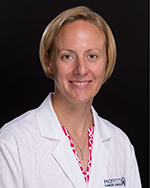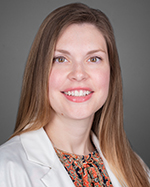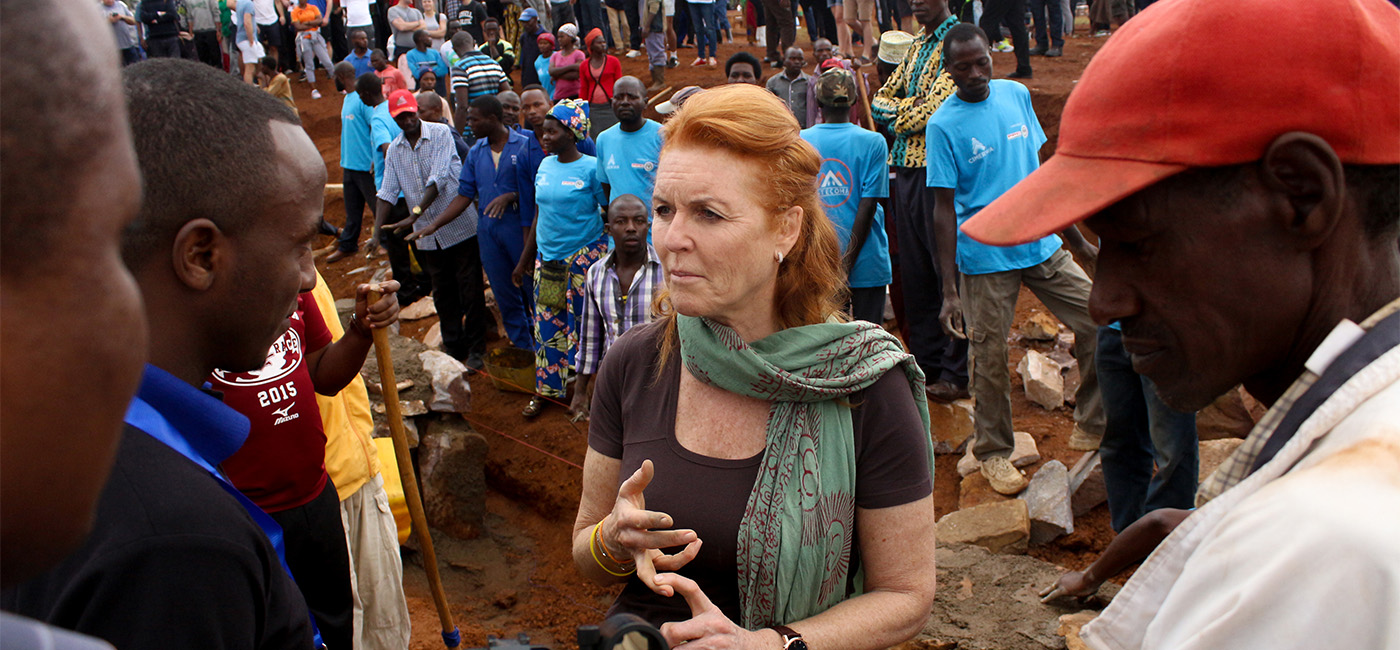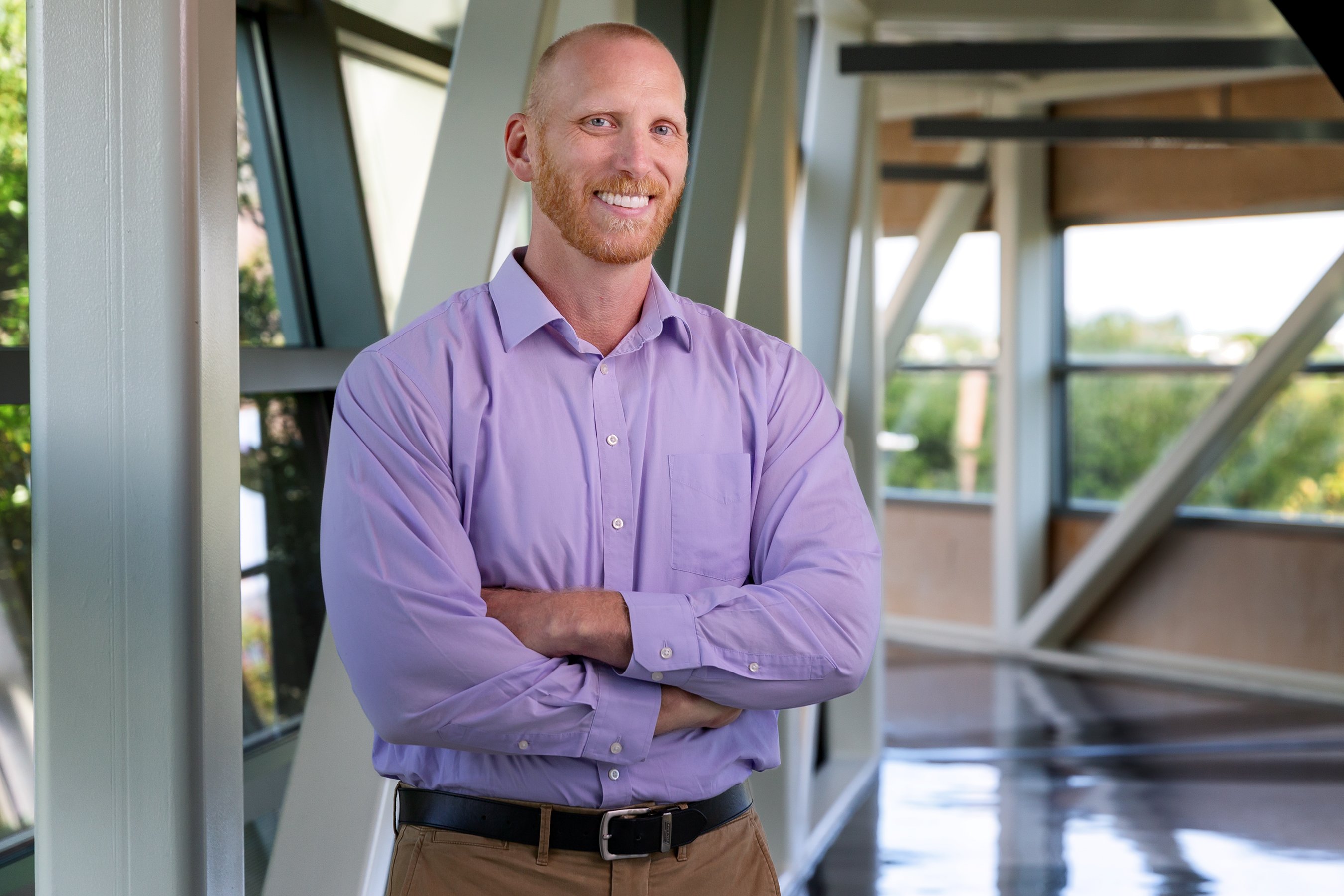Sarah Ferguson Diagnosed with Breast Cancer
Sarah Ferguson, the Duchess of York, announced she is undergoing treatment for breast cancer. Her cancer is in the early stages and was discovered during a routine mammogram, her spokesperson said.
The discovery highlights the importance of routine mammograms, according to Dr. Bethany Niell, section chief of breast imaging at Moffitt Cancer Center.
“Please get your regular screening mammograms,” Niell said. “That’s the message here.”

The duchess, 63, is receiving the proper treatment and her prognosis is good, her spokesperson shared. She is at home and recuperating with her family.
The Duchess of York also extended her gratitude to the medical staff who identified her cancer in the mammogram and said her experience “underlines the importance of regular screening.”
According to Niell, all women, regardless of race, should begin getting annual mammograms no later than 40. Women at an increased risk may need to begin cancer screening exams as early as age 25.
Several factors can translate to an increased risk, such as dense breast tissue. According to Dr. Kimberly Funaro, a breast radiologist at Moffitt, there is no simple answer as to why breast density is associated with an increased risk of cancer.

“Some theories include cellularity in dense breasts, which could lead to an increased risk of mutations or possibly an increased release of estrogen in dense tissue that leads to cancer development,” Funaro said.
While mammograms are the most common screening available for breast cancer, Niell said that breast MRI is another option to consider.
“MRI exams find more breast cancers than mammograms, digital breast tomosynthesis or ultrasound,” Niell said.
Niell added that it’s important to note MRI should not be done instead of mammography, but rather in addition to. Women who are at high risk should still get a mammogram or digital breast tomosynthesis every year. Those who are getting supplemental screening with MRI do not also need supplemental screening with ultrasound.
“Our goal is to decrease deaths from breast cancer,” Niell said. “To save the most lives, mammograms should be done every year.”



